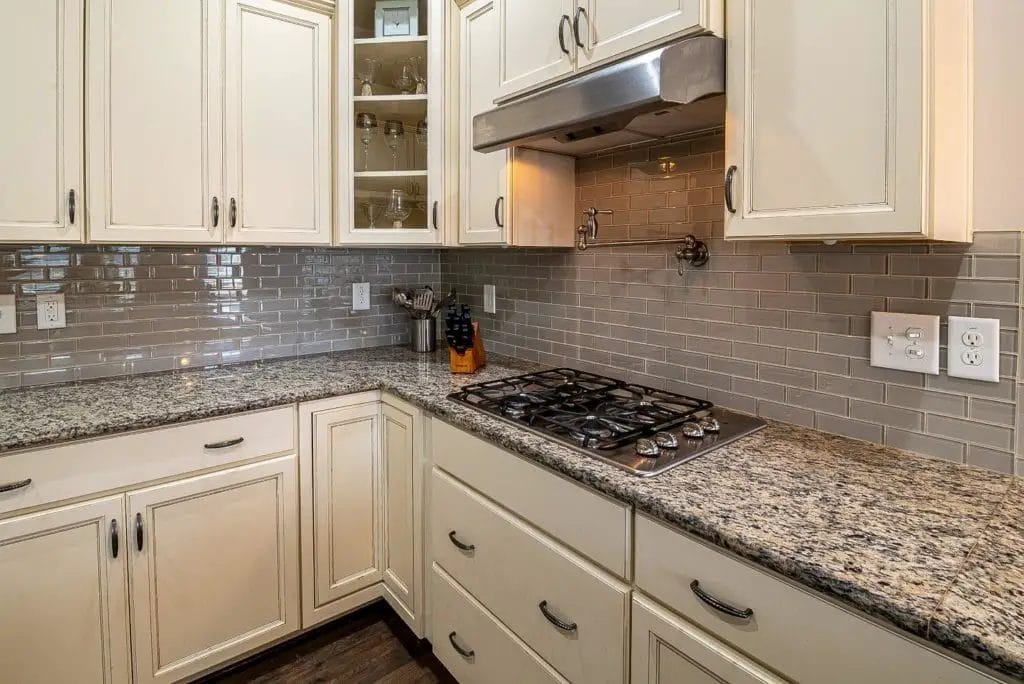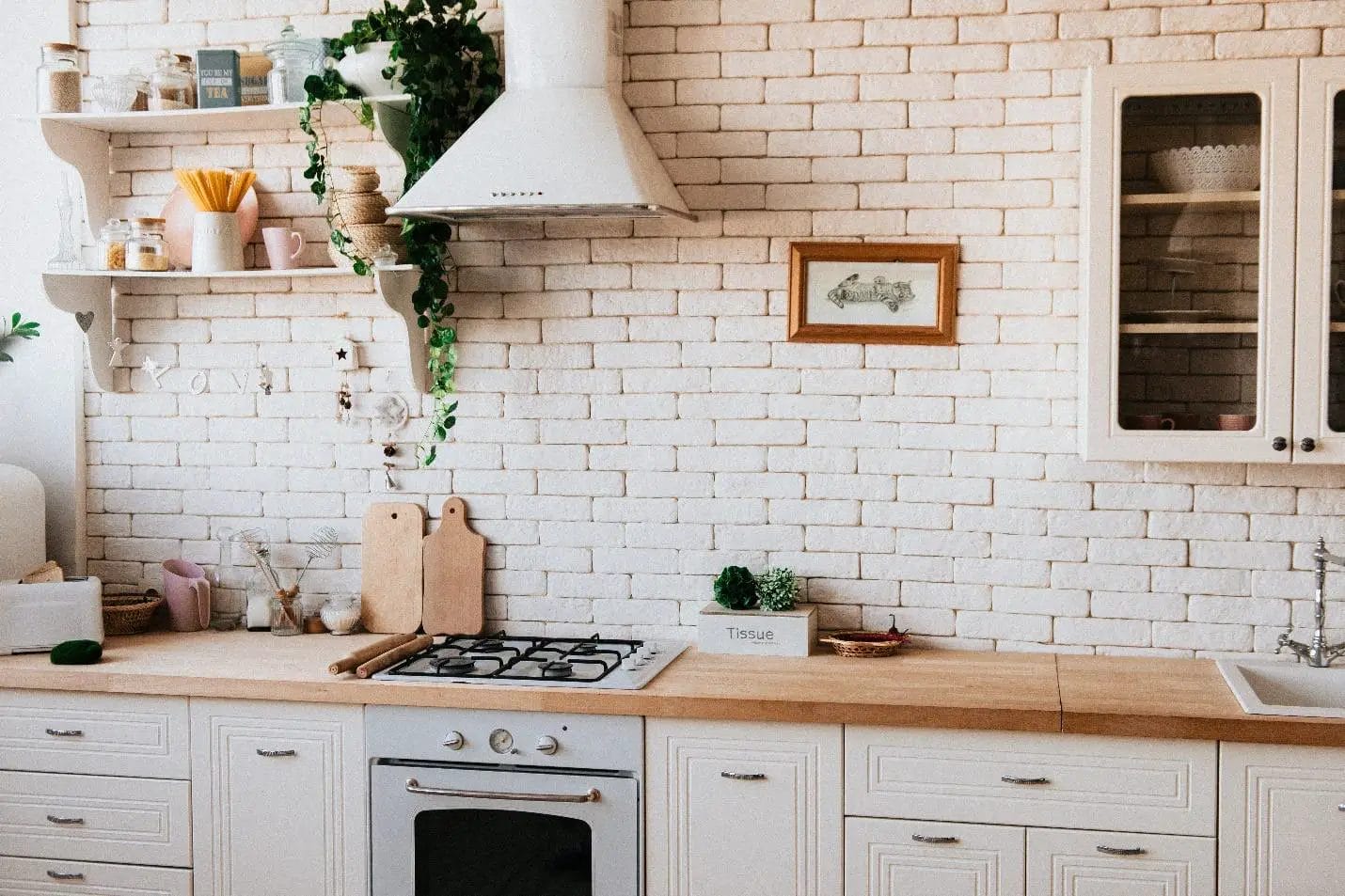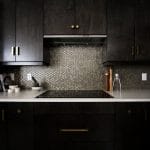Pot filler faucets are trendy now, but they’ve actually been a mainstay in home kitchens for many years. That should be proof enough of their practicality. However, their utility is directly linked to the homeowner’s needs. A young adult who doesn’t prepare their own meals, and eats out most of the time, doesn’t need to install an expensive pot filler faucet in their kitchen.
In today’s article, we’re tackling an age-old question: are pot filler faucets practical? If you’re on the fence about getting one installed over your stove, read this article to understand the benefits and drawbacks of having a pot filler faucet in your home.
Benefits of Having a Pot Filler Faucet
In addition to enhancing your kitchen’s aesthetic appeal, pot filler faucets provide numerous technical and practical benefits to home cooks. Let’s look at some of them.
Pot filler faucets are incredibly convenient tools as they allow you to fill pots with water directly at the stove. If you install one, you won’t need to constantly haul heavy pots to the sink to fill them with water. This is especially helpful if you have a big kitchen, where lugging pots to and from the sink will become an extraordinarily exhaustive and tiresome prospect.
Similarly, pot filler faucets help alleviate the strain on your back and neck from constantly bending over the sink. Pot fillers go by many names, like kettle faucets or pasta arms because they are closely associated with the French “mise en place” culinary concept, which maintains that everything has a place. Pot filler faucets also have a place: directly above the stove to efficiently be used to fill pots.
Consequently, this will declutter your kitchen sink and free it up for someone to wash the dishes while you prepare the food. Pot filler faucets enable efficient multitasking in the kitchen due to their practicality.
Additionally, most models typically flow at 4 gallons per minute compared to a traditional kitchen faucet with a flow rate of 1.5 gallons per minute. Therefore, you can actually fill pots three times faster using a pot filler faucet than a conventional kitchen faucet.
Moreover, pot filler faucets aid in efficient cooking and boost the resale value of your house. An awful lot of plumbing goes into the initial installation of the fixture, and people pay good money when purchasing a home that already has a pot filler faucet pre-installed.
While there are numerous benefits of having a pot filler in your kitchen, there are several disadvantages as well.

Drawbacks of Installing a Pot Filler
Cost is often a widely debated topic when it comes to pot filler faucets. If you’re a casual cook, installing a fixture that costs anywhere north of $1000 doesn’t make sense. While the pot filler faucet is handy, it’s not worth having in kitchens where they’re not frequently used. Otherwise, the value-for-money ratio won’t make any sense.
Similarly, an additional fixture over the range and stove means another thing to clean. Pot filler faucets can collect grease from being installed over a stove, and cleaning them can be a hassle. It might be challenging to clean the entire arm and joints if the fixture is placed near the stove’s center.
Additionally, an extra faucet calls for more dripping and leakage issues. A leaking sink faucet should be the least of your concerns if you have a leaking kettle faucet above your stove. It can quickly become a big problem if you’re not present in the kitchen.
The leaking water can collect over the stove, in the oven, get on the walls, and drip on the floor, increasing your list of things to clean. While not a fire hazard, water leakage is a dangerous electrical hazard and can ruin electrical appliances in your kitchen.
Is a Pot Filler Practical?
So, to answer the burning question, yes, pot filler faucets are convenient sources of water and very practical to use. However, the answer is entirely a subjective one.
If you follow a lifestyle that doesn’t involve a lot of kitchen use or many pots of boiling water, investing in an expensive pot filler faucet is not a practical solution for you; rather, it is quite an expensive one.
On the other hand, if you have a large kitchen that with ample distance between your sink and the stove, having to constantly switch back and forth between the two spots can be exhausting, especially when you have to haul heavy pots with you every time.
In summary, it’s practical to have a pot filler faucet in your kitchen if you don’t have a prep sink and regularly make large portions of soups, broths, pasta, and stews. It’s not practical if you’re a casual cook who doesn’t need to carry pots weighing 30 pounds or more to the sink.
We hope our article adequately highlighted the benefits of having a pot filler faucet in kitchen spaces. At the end of the day, it all boils down to your cooking needs. We hope this article helps you make the right choice!







